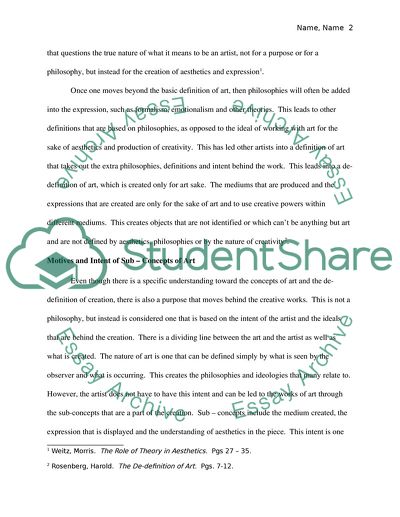Cite this document
(Defining Artist Intent and Expression Coursework, n.d.)
Defining Artist Intent and Expression Coursework. Retrieved from https://studentshare.org/performing-arts/1565377-i-am-not-a-philosopher-i-am-an-artist
Defining Artist Intent and Expression Coursework. Retrieved from https://studentshare.org/performing-arts/1565377-i-am-not-a-philosopher-i-am-an-artist
(Defining Artist Intent and Expression Coursework)
Defining Artist Intent and Expression Coursework. https://studentshare.org/performing-arts/1565377-i-am-not-a-philosopher-i-am-an-artist.
Defining Artist Intent and Expression Coursework. https://studentshare.org/performing-arts/1565377-i-am-not-a-philosopher-i-am-an-artist.
“Defining Artist Intent and Expression Coursework”, n.d. https://studentshare.org/performing-arts/1565377-i-am-not-a-philosopher-i-am-an-artist.


